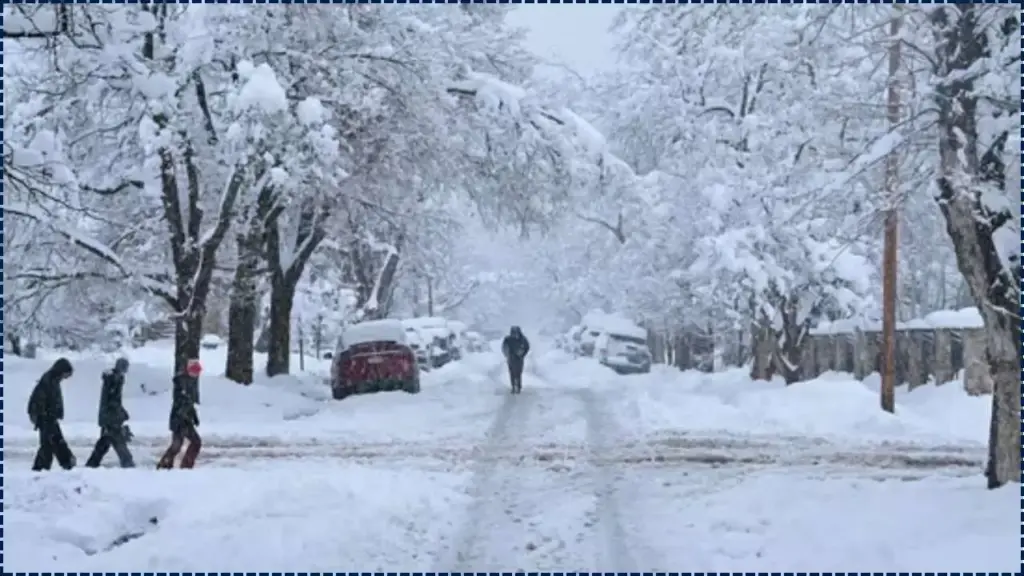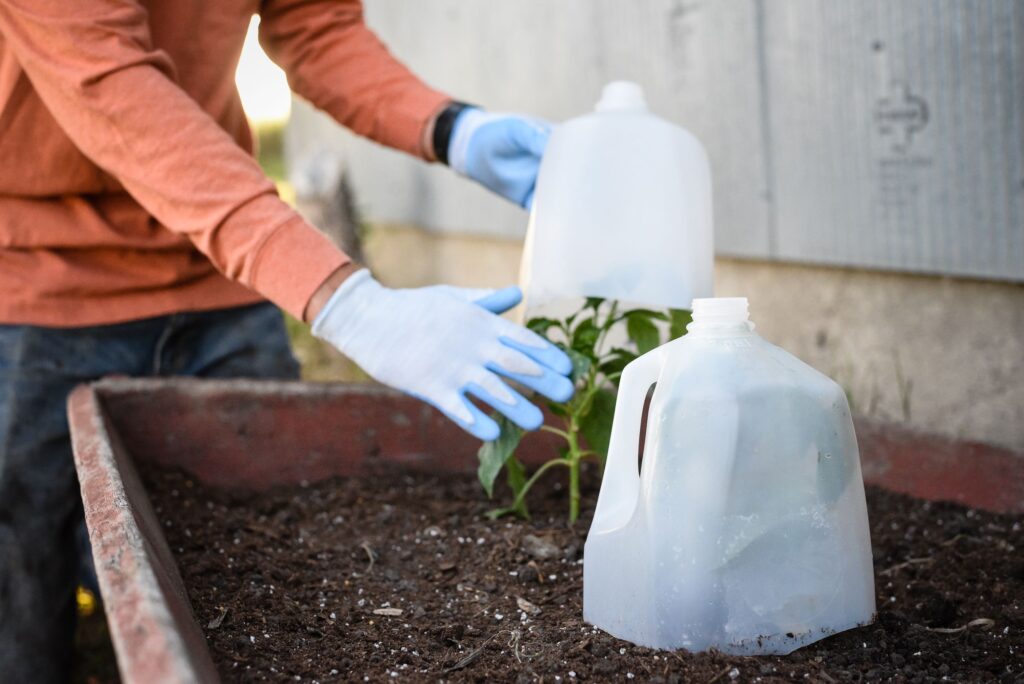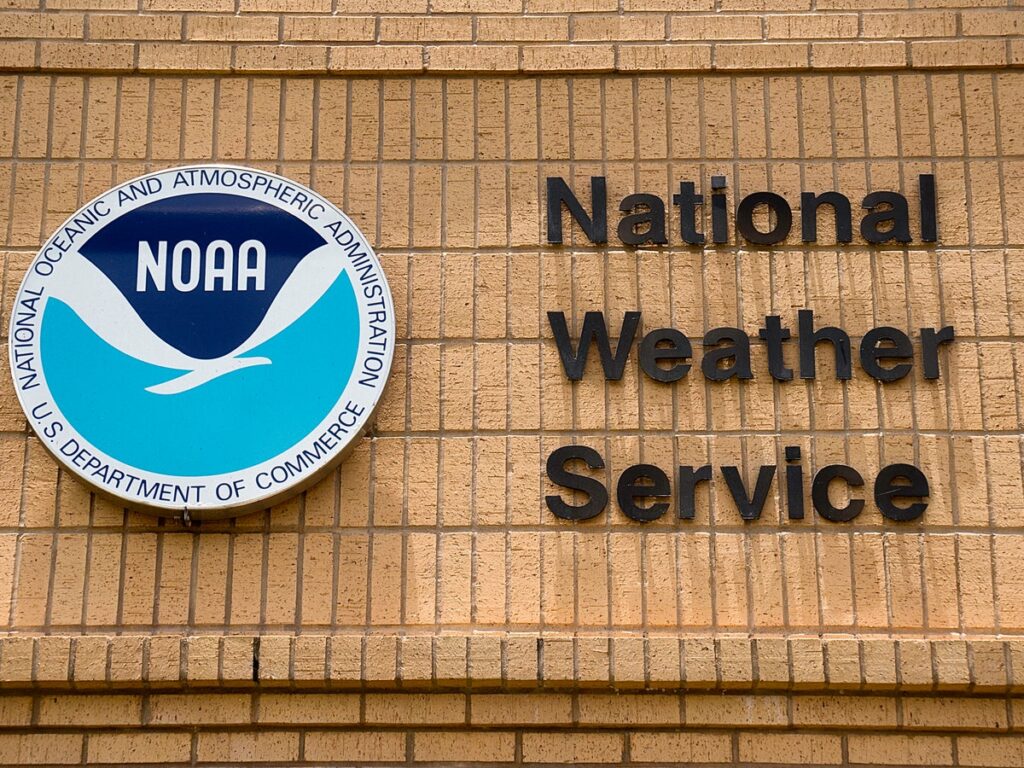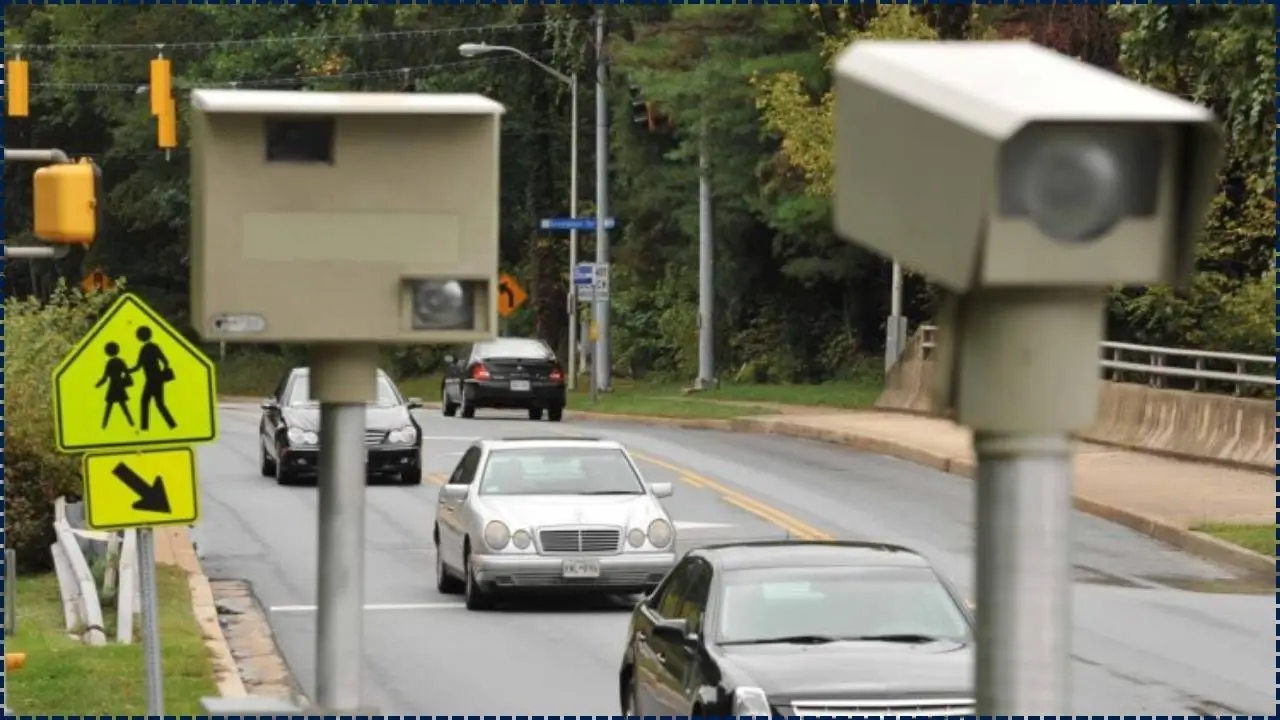The National Weather Service has issued a freeze warning (frequently described as an “extreme frost warning”) for large areas, signalling that air temperatures are forecast to hit or drop below 32 °F (0 °C) during the locally defined growing season.

Such warnings are intended to give homeowners and gardeners the opportunity to take protective action before significant damage occurs.
Why Plants Are at Risk
The Science Behind Frost and Freeze
Frost often forms when surface temperatures drop rapidly under clear skies with calm winds. A freeze is more severe: when the air temperature drops to 32 °F (0 °C) or below for a sustained period. Inside plant cells, ice formation can rupture membranes and cause tissue damage—leading to wilted, blackened leaves, or full plant loss.
Which Plants Are Most Vulnerable?
Tender, warm-season plants—such as tomatoes, peppers, tropical ornamentals and container-grown plants—are the most at risk. Plants in containers are even more vulnerable because their roots are exposed all around, not insulated by the soil around them. Meanwhile, hardy perennials and cool-season crops may survive light frost but can still be damaged under a hard freeze.

The One Simple Home Tip That Works
Cover or Relocate—The Trusted Strategy
When a freeze warning is in effect, one of the most effective actions is to either move plants indoors or cover them securely outdoors before nightfall. The NWS recommends covering tender vegetation or relocating it when the growing‐season freeze threat arises.
Extreme Frost Warning Issued do it effectively:
- Move potted plants into a garage, shed or other enclosed space if possible.
- If plants must stay outdoors, drape a frost cloth, old blanket, sheet or other breathable fabric over them. The cover should extend from ground level to above the plant canopy to trap soil heat. Avoid plastic directly against leaves, which can conduct cold and cause damage.
- Apply water to the soil around the plants before dusk. Moist soil retains more heat than dry soil and can boost local temperature by a few degrees.
- After sunrise, remove coverings so plants can receive light and avoid overheating or condensation that could freeze.
Why This Method Works
Soil retains and radiates heat absorbed during the day. By covering plants and their rooting zone, the trapped warmth near the soil surface creates a micro-environment a few degrees warmer than ambient air. That differential may make the difference between survival and injury.
What Gardeners Should Do Immediately
Action Steps for Tonight
- Identify the most vulnerable plants: container plants, warm-season crops still in production, and recently planted ornamentals.
- Check your local forecast and confirm a freeze warning is in effect.
- Before sunset, move plants or apply covers. Ensure covers reach the ground.
- Water the soil around plants—but avoid overhead watering that may form ice.
- In the morning, remove covers and assess plant condition once temperatures rise above freezing.
What If Temperatures Are Extremely Low?
When a hard freeze (e.g., below about 28 °F) is forecast, the NWS states protection may be very limited and many unprotected plants may be lost. In such cases, the goal shifts to salvaging whatever is possible and planning for replacement, rather than full protection.
Related Links
Macy’s Confirms Major Layoffs — Connecticut Distribution Center to Shut Down in January 2026
Layoff Announcements Surge in October — Worst Month for Jobs in 22 Years

Broader Context and Implications
Late-season or unexpected freeze events occur when clear skies and calm winds allow rapid cooling—especially in valleys or open areas.As climate variability increases, gardeners face more frequent and sudden temperature swings, heightening the importance of vigilance.
For commercial growers, such freezes can cost millions in crop loss; for home gardeners, the value lies in preserving spring plantings or late harvests.
FAQs About Extreme Frost Warning
Q: How is a freeze warning different from a frost advisory?
A: A frost advisory is issued when minimum air temperatures are forecast to drop into the low 30s °F (around 33–36 °F) during the growing season. A freeze warning indicates expected temperatures at or below 32 °F (0 °C), sufficient to cause significant damage to many plants.
Q: Can covering plants really save them if it gets very cold?
A: Yes—but only to a point. Properly covering plants can raise local temperatures by 2–5 °F and help protect against light freezes. However, during a hard freeze (well below 28 °F for several hours), even covered plants may suffer serious damage.







